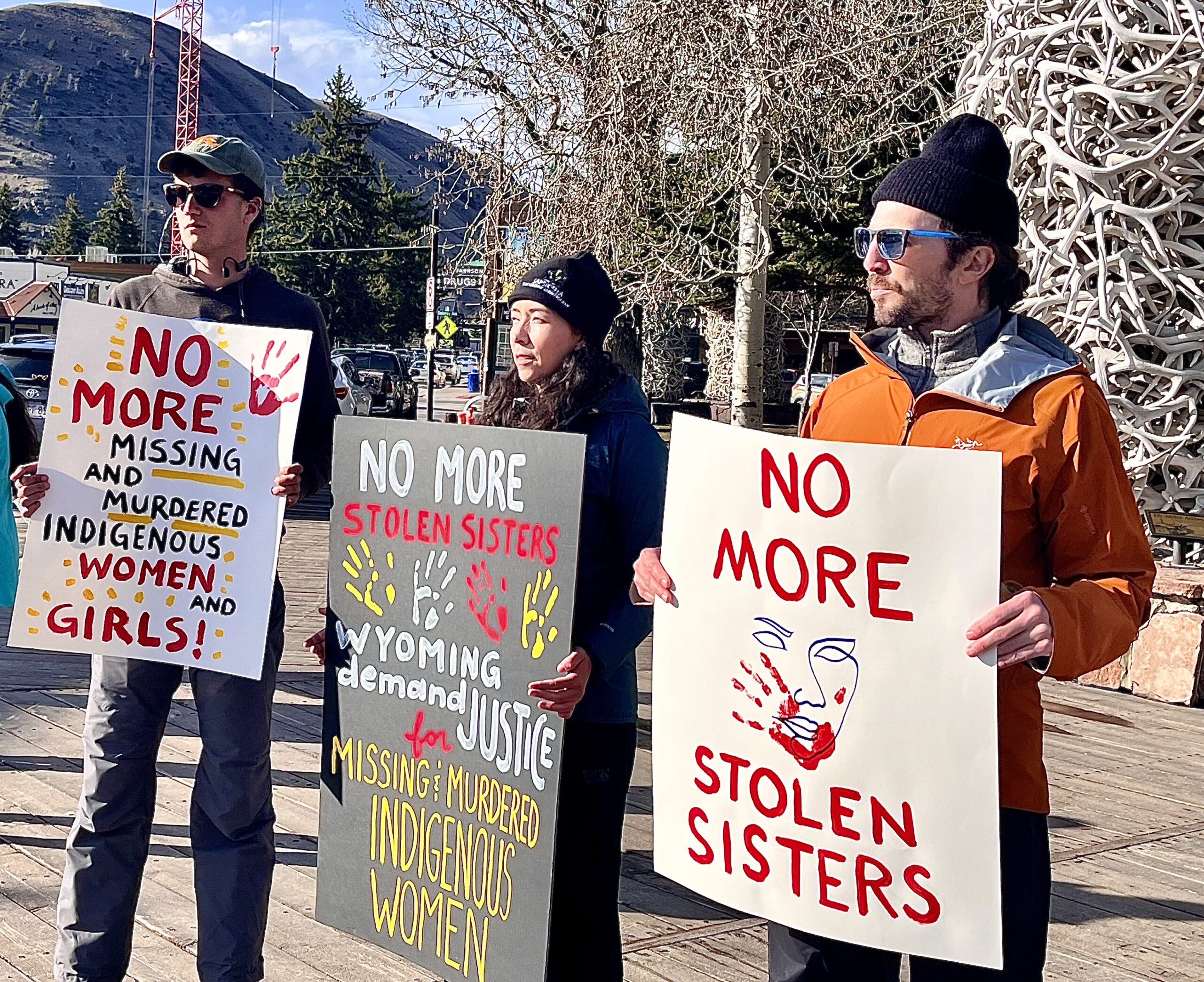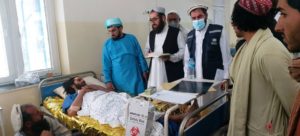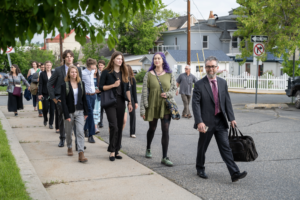Violence Against Native Americans and Alaska Natives far exceed national averages
For decades, Native American and Alaska Native communities have struggled with high rates of assault, abduction, and murder of tribal members. Community advocates describe the crisis as a legacy of generations of government policies of forced removal, land seizures and violence inflicted on Native peoples.
- A 2016 study by the National Institute of Justice (NIJ) found that more than four in five American Indian and Alaska Native women (84.3 percent) have experienced violence in their lifetime, including 56.1 percent who have experienced sexual violence.
- In the year leading up to the study, 39.8 percent of American Indian and Alaska Native women had experienced violence, including 14.4 percent who had experienced sexual violence.
- Overall, more than 1.5 million American Indian and Alaska Native women have experienced violence in their lifetime.
Challenges
Victimization Rates
Native American and Alaska Native rates of murder, rape, and violent crime are all higher than the national averages. When looking at missing and murdered cases, data shows that Native American and Alaska Native women make up a significant portion of missing and murdered individuals.
- According to the Centers for Disease Control and Prevention (CDC) National Intimate Partner and Sexual Violence Survey, non-Hispanic American Indian and Alaska Native (AI/AN) females experienced the second highest rate of homicide in 2020. Additionally, in 2020 homicide was in the top 10 leading causes of death for AI/AN females aged 1-45. More than 2 in 5 non-Hispanic AI/AN women (43.7%) were raped in their lifetime.
- Non-Hispanic AI/AN males had the second highest rate of homicide compared with males in all other racial and ethnic groups. Homicide was in the top ten leading causes of death for AI/AN males 1 to 54 years old in the year 2020. 1 in 7 non-Hispanic AI/AN males (14.4%) were made to penetrate someone during their lifetime.
Human Trafficking
In September 2017, the Government Accountability Office (GAO) released a report titled ‘‘Human Trafficking: Investigations in Indian Country or Involving Native Americans and Actions Needed to Better Report on Victims Served.’’ GAO surveyed tribal and major city law enforcement agencies and victim service providers on human trafficking investigations, victim services, and barriers to identifying and serving Native victims.
Twenty-seven of the 132 tribal law enforcement agencies that responded to the survey reported initiating investigations involving human trafficking from 2014 to 2016 and six of 61 major city law enforcement agencies reported initiating human trafficking investigations that involved at least one Native victim during the same time period.16 Survey respondents identified lack of training on identifying and responding appropriately to victims, victim shame and reluctance to come forward, and lack of service provider resources as barriers to investigating cases and serving victims.
Need for Focused Data
While these rates are staggering, research data shows that national averages hide the extremely high rates of murder against American Indian and Alaska Native women present in some counties comprised primarily of tribal lands. According to the National Institute of Justice Centers for Disease Control and prevention 2008 the National Violence Against Women Survey (NVAWS), less than half of violent victimizations against women are ever reported to police.
According to the National Crime Information Center, in 2016, there were 5,712 reports of missing American Indian and Alaska Native women and girls, though the US Department of Justice’s federal missing persons database, but the national information clearinghouse and resource center for missing, unidentified, and unclaimed person cases across the United States, called the National Missing and Unidentified Persons System (NamUs) only logged 116 of those cases.
- While it is estimated that rates of violence on reservation can be up to ten times higher than national averages, research is missing on rates of murder violence among American Indian and Alaska Native women living in urban areas. An NIJ-funded study from 2008 found that the rates of violence on reservations are much higher than the national average. However, according to the Urban Indian Health Institute, no research has been done on the rates of such violence among American Indian and Alaska Native women living in urban areas despite the fact that approximately 71 percent of American Indian and Alaska Natives live in urban areas.
- Moreover, reports indicate that there is no reliable count of how many Native women go missing or are killed each year.11 Researchers have found that women are often misclassified as Hispanic or Asian or other racial categories on missing-person forms and that thousands have been left off a federal missing-persons.
Need for Investigative Resources
Statistics show us that approximately 1,500 American Indian and Alaska Native missing persons have been entered into the National Crime Information Center (NCIC) throughout the U.S. and approximately 2,700 cases of Murder and Nonnegligent Homicide Offenses have been reported to the Federal Government’s Uniform Crime Reporting (UCR) Program. In total, BIA estimates there are approximately 4,200 missing and murdered cases that have gone unsolved.
These investigations remain unsolved often due to a lack of investigative resources available to identify new information from witness testimony, re-examine new or retained material evidence, as well as reviewing fresh activities of suspects.
View Missing or Murdered Cases
Learn How BIA is Addressing Missing and Murdered Cases
Learn About Key Partners Involved
Violence Against American Indian and Alaska Native Women and Menhttps://www.bia.gov/media/oembed?url=https%3A//youtu.be/ESADNNHM4II&max_width=0&max_height=0&hash=_OZxDxIyxWkWLZAsAowb3yjG3DxeGKD-U6YDsmQ7Xtc




